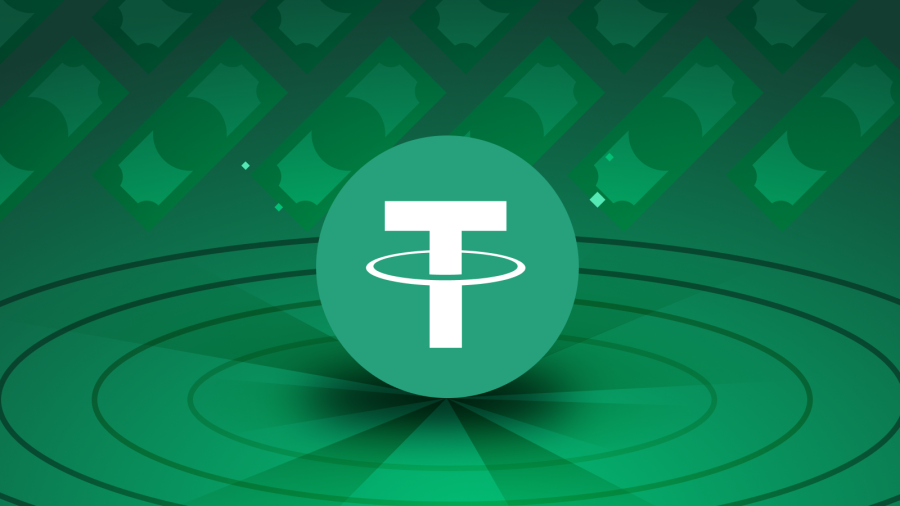Tether Reports 330 Million Users: The Future of Stablecoins
In a groundbreaking development, Tether (USDT), the world’s largest and most widely used stablecoin, has reported that it now has over 330 million users globally in 2025. This milestone marks a significant moment in the cryptocurrency industry and highlights the growing influence and adoption of stablecoins. As more individuals, businesses, and institutions turn to digital assets for their everyday transactions, Tether’s success showcases the growing importance of stablecoins in the evolving cryptocurrency ecosystem.
This article explores what Tether’s user growth means for the future of stablecoins, how it could impact the broader cryptocurrency market, and what factors have contributed to the rapid adoption of Tether in 2025.
What Is Tether and Why Does It Matter?
Tether (USDT) is a stablecoin, which means its value is pegged to a stable asset, typically a fiat currency like the U.S. Dollar. Unlike other cryptocurrencies such as Bitcoin or Ethereum, whose prices can be highly volatile, Tether’s value is designed to remain constant, making it a reliable medium of exchange and store of value.
Stablecoins in the Crypto Ecosystem: Stablecoins like Tether bridge the gap between traditional finance and the world of digital currencies. They are used extensively across various platforms for trading, remittances, payments, and as a store of value for investors who want to avoid volatility.
Tether’s Role in DeFi: Tether has become a cornerstone of decentralized finance (DeFi) applications. Its stability and high liquidity make it a key player in lending, borrowing, and liquidity provision across decentralized exchanges (DEXs).
Tether’s User Growth: What’s Behind the Surge?
The recent announcement that Tether has surpassed 330 million users is a testament to the growing confidence in stablecoins as reliable financial tools. So, what’s driving this explosive growth?
1. Global Adoption of Digital Assets
As more countries and regions embrace digital assets, the demand for stablecoins like Tether has surged. Tether’s USDT has become a popular choice for individuals and businesses looking for the benefits of cryptocurrency without the risk of price fluctuations.
- Emerging Markets: In countries experiencing economic instability or high inflation, stablecoins like Tether provide a safe haven. For instance, in countries such as Turkey and Argentina, Tether has gained popularity as a store of value.
- International Remittances: Tether’s global presence has made it an ideal tool for sending remittances across borders. Users can transfer Tether quickly and cheaply, bypassing traditional banks and costly international transfer services.
Why It Matters: As more people around the world turn to cryptocurrency for practical use cases, Tether’s ability to offer stability amidst market volatility is a significant factor in its growth.
2. Institutional Adoption and Partnerships
In recent years, institutional adoption of stablecoins has been on the rise, with financial institutions, hedge funds, and payment platforms incorporating stablecoins into their services. Tether has formed numerous strategic partnerships to increase its reach and use cases in mainstream finance.
- Partnerships with Exchanges: Major cryptocurrency exchanges, including Binance, Kraken, and Coinbase, support Tether as a key trading pair, increasing its liquidity and accessibility to a wider audience.
- Corporate Use Cases: Large businesses are also adopting stablecoins for payments and treasury management. Companies in the retail, gaming, and tech industries are exploring ways to integrate Tether into their financial systems.
Why It Matters: As more institutions adopt Tether, its utility and visibility grow, further pushing its widespread use and acceptance in the financial sector.
3. Tether's Role in the Decentralized Finance (DeFi) Revolution
The DeFi ecosystem has exploded in recent years, with billions of dollars locked in decentralized protocols. Tether’s stable value and high liquidity make it a preferred asset in the DeFi space. It’s commonly used as collateral in lending platforms, as a trading pair on decentralized exchanges, and in yield farming strategies.
- Lending and Borrowing: Tether’s low volatility makes it an ideal asset for lending and borrowing within DeFi platforms. Users can stake USDT to earn passive income or use it as collateral for loans.
- Decentralized Exchanges: DEXs like Uniswap and SushiSwap offer USDT trading pairs, allowing users to trade other tokens with minimal price slippage.
Why It Matters: The ongoing growth of the DeFi sector has significantly contributed to Tether’s increasing user base as DeFi applications continue to gain momentum.
4. User Trust and Transparency
One of the reasons for Tether’s meteoric rise is the trust it has built over the years. The Tether team has worked hard to maintain transparency in its operations by providing regular audits and reports to ensure that each Tether token is backed 1:1 by fiat reserves or other assets.
- Full Transparency: Tether has been committed to providing verifiable audits and attestation reports to reassure users that each USDT token issued is fully backed by real-world assets.
- Regulatory Compliance: Tether is taking steps to comply with emerging regulatory frameworks surrounding stablecoins, which further enhances its credibility among institutional investors and users.
Why It Matters: Transparency and trust are critical to the adoption of any financial product, especially in the cryptocurrency space. Tether’s commitment to these principles has helped solidify its position as the leading stablecoin.
What Does Tether’s Growth Mean for the Future of Stablecoins?
As Tether’s user base continues to expand, the future of stablecoins looks increasingly promising. The success of Tether highlights several key trends and developments that will likely shape the future of the cryptocurrency industry:
1. Increased Regulation of Stablecoins
Governments and financial regulators around the world are closely monitoring stablecoins as they continue to gain popularity. The increased adoption of Tether may prompt more governments to introduce clear regulations for stablecoins, which could further legitimize them in the eyes of traditional financial institutions.
- Regulation of Fiat-Backed Stablecoins: As Tether continues to grow, regulators may push for stricter rules regarding the issuance and backing of stablecoins. This could lead to greater transparency and consumer protection.
2. Competition Among Stablecoins
While Tether remains the dominant stablecoin, competitors such as USD Coin (USDC), DAI, and TrueUSD (TUSD) are gaining ground. The growing competition among stablecoins will likely lead to innovations in terms of features, transaction speeds, and security.
3. Broader Integration into Traditional Finance
The integration of stablecoins like Tether into the traditional financial ecosystem is expected to continue. As more financial services adopt stablecoins, they may become a standard form of digital currency for transactions, remittances, and investments.
Conclusion: The Bright Future of Stablecoins
Tether’s impressive milestone of 330 million users in 2025 is just the beginning. As stablecoins continue to gain mainstream acceptance and adoption, their role in the global economy will only grow. With Tether leading the charge, we can expect even more advancements in the world of digital payments, DeFi, and cross-border transactions.
The future of stablecoins is bright, and Tether’s growth is a clear indication of their potential to revolutionize the way we think about money in the digital age. Whether you’re a retail investor, a DeFi participant, or an institutional player, Tether (USDT) is set to remain a major player in the cryptocurrency space for years to come.
🚀 Stay tuned for more developments in the world of stablecoins and digital currencies!















